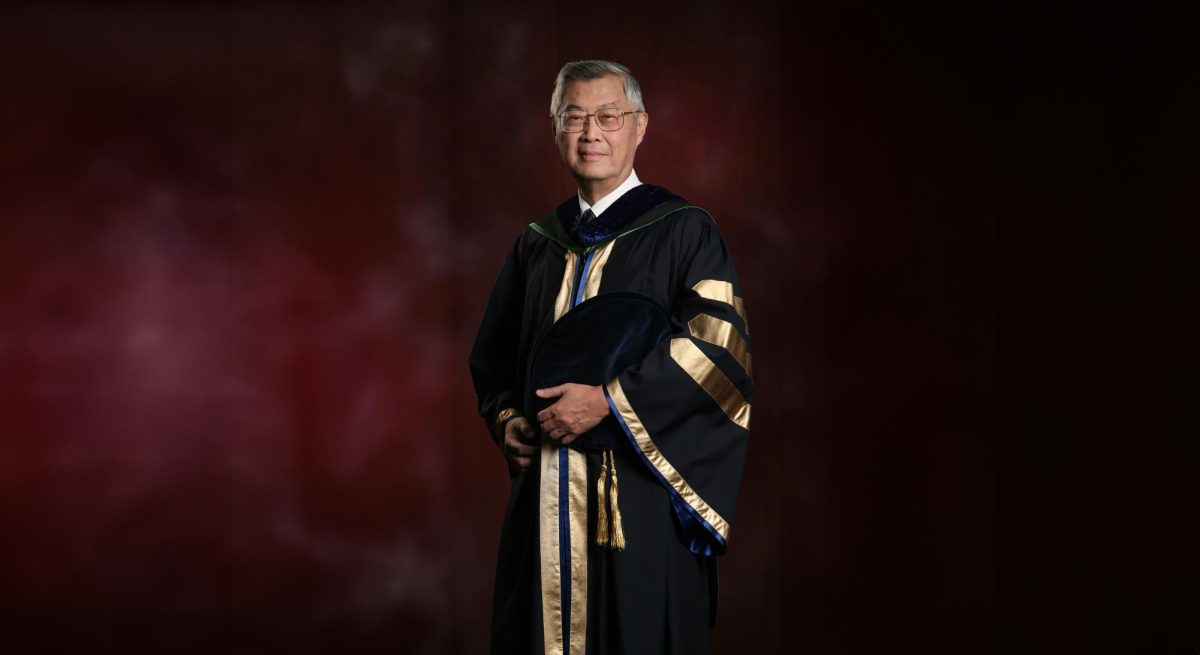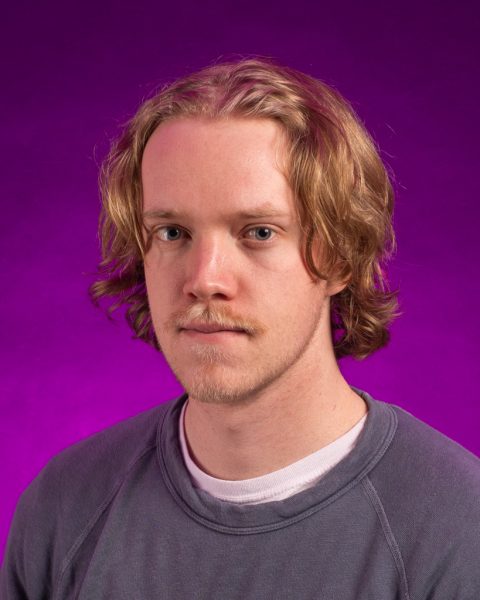Since 2009, college enrollment across the United States has been in decline, a trend I believe will continue into the future for at least five to ten more years. The root of this is two key factors: uncertainty about the future of labor and rising living costs. The failure of SFSU to account for the trends is causing a sharp decrease in enrollment.
With the advancement of artificial intelligence, majors that once provided a good sense of future security have been doubted. Jobs that used to require a human hand have become automated. Finance, accounting, computer science, and other majors guarantee more financial security compared to other majors, e.g. journalism, now have a less certain future. The intricacies of these labor markets are changing rapidly. Jobs becoming automated leaves less room for new graduates to enter the workforce.
Not only are students and their families expected to pay for college, but now they must pay for a degree that may decrease in value in the future.
Since the 1980s, Americans have been expected to work more for less, a trend that shows little sign of stopping. Add to this the $1.73 trillion of student debt — a quite intimidating number — and it becomes clear why many Americans are skeptical of higher education.
Comparatively, San Francisco State University is a relatively cheap school in an expensive city. Most of my peers and I work on top of being full-time students, a duality that limits both enterprises. Since I’m a student, I can’t work full-time and lose out on important funds expected in such an expensive city. Since I’m working part-time to afford necessities such as groceries, gas, utilities, and the inevitable San Francisco parking ticket, I can’t allocate a proper amount of time to my studies.

It feels like the only thing driving the college market is the youth’s desire for the college experience. The allure of college life is a valuable commodity to the CSU, and though it’s one that stands separate from the diminished number of available classes, students will refuse to pay purely based on the experience. The lifestyle alone will not keep students paying tuition if the quality of the education falls below a fair price.
However, I know many people who just got jobs in San Francisco and moved in with friends who went to university up here to cheapen the rent. Now they’re working a full-time job and simultaneously enjoying the youthful experience of staying out late and drinking in an amount that would garner alcoholism if they weren’t younger than 25. That’s fun. It’s a huge part of what people are paying for when they attend university. Expecting a person to pay tuition based solely on a degree that has lost its value at rising tuition prices (6% a year, compounding for the next five years across all CSUs) without considering the charm of college life would be shortsighted even for the CSU trustees.
However, the lifestyle has a price cap. Students still need to see college as an investment and not a con, which is hard to do after the CSU chancellors voted last July to raise their already absurd salaries quickly after voting to raise tuition. Their salaries have almost doubled in the past four years and show not only obvious neglect of the problems facing students and faculty but are so transparent it doesn’t even warrant competent politics. This sends a bad message to the public, a sentiment shared by Douglas Faigan, a member of the CSU board of trustees. As of June 30, 2023, the CSU had reserves of $2.5 billion.
Every semester, I wonder if it’s just the allure of college life or the significance of a degree that brings in most students. I doubt a significant portion of students attend university for the future of employment alone, especially with such an uncertain future in the labor market. The CSU uses low enrollment to justify the cutting of 650 classes at SFSU, revealing a significant lack of understanding of students’ current evaluation of a degree: a degraded thing that carries warranted skepticism. Under current circumstances, enrollment will only continue to decline.








